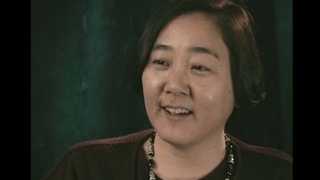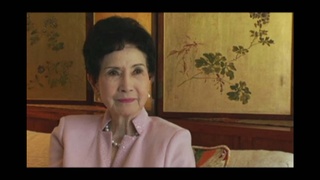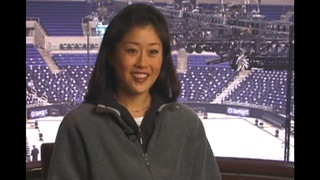Interviews
Learning American cooking
There was a neighbor by the name of McDonalds, Mrs. McDonald was teaching us how to cook, because Mother didn't do any American cooking. And 'course, when we were going to school, we would be kinda embarrassed, because they would ask us what we had for breakfast. And the other kids always said, well, they had toast or they had eggs or something like that, and we usually had rice and miso soup for breakfast. [Laughs] So it was kind of embarrassing to me to say, Well, I had miso soup for breakfast, and rice, because they'd think that was kind of unusual. But that was a typical Japanese breakfast.
But then we gradually learned how to make American foods. And I was grateful to Mrs. McDonald because she taught us how to make cake, and she would take the leaves of the peppermint plant and put it on the bottom of the pan, and that would flavor the cake with a peppermint flavor. And she taught us how to make potato salad, and our neighbors taught us a lot of things. We learned to do American cooking, but my mother always thought that when we started cooking, our teeth started to deteriorate because we ate sugar, lot of sugar. That's why she always maintained that my older sister and I had good teeth, but the younger kids, their teeth were bad because they ate too many sweets.
Date: September 15-17, 2004
Location: Washington, US
Interviewer: Alice Ito
Contributed by: Denshō: The Japanese American Legacy Project.










